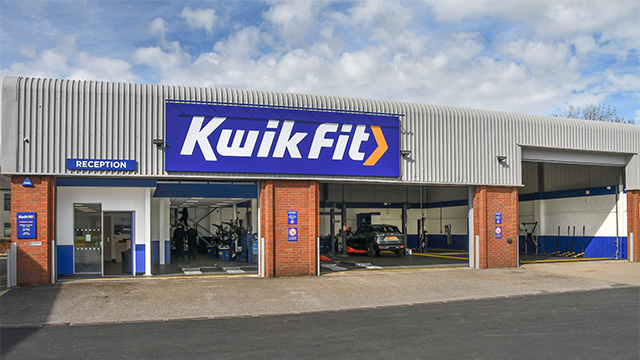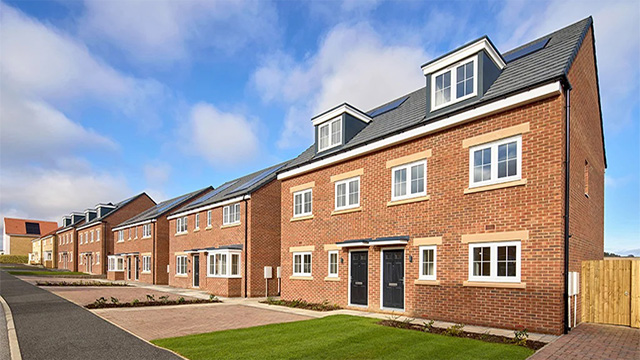
Common sense is set to prevail in Leeds. This month it should become official – if the government makes its planned announcement confirming the route of HS2’s second phase from Birmingham to Leeds/Manchester.
A concerted campaign led by Leeds City Council to move the proposed station from an isolated site south of the city centre to an integrated hub with the existing railway station is expected to bear fruit, particularly after a report by HS2 chairman David Higgins a year ago recommended exactly that.
Assuming the Leeds lobbyists have won, the new station will be built on a pier starting on the South Bank and extending north of the river Aire to link, at a right angle, with the current station, which is also expected to be a key link in Northern Powerhouse Rail (as HS3 is now known). However, their joy may be dampened when the blight caused by the infrastructure project (see below) sinks in.
Property professionals such as Michael Leonard, leasing director at BNP Paribas Real Estate, take a pragmatic view. “In the short to medium term disruption may be dramatic, but in major cities you have to think long-term and in the long term there will be benefits,” he says.
Local commentators believe the biggest beneficiary will be the South Bank. “This will undoubtedly become the focus of commercial investment and has the potential to become the digital capital of the UK, as well as accommodating the continued growth of the city’s established professional and financial services industries,” says Dale Robinson, development director at Bilfinger GVA.
With the opening of the new station at least 15 years away, though, the city’s occupational property market is not being swayed by the prospect of HS2 or Northern Powerhouse Rail and even investor interest so far appears muted.
“I don’t think people are analysing and strategically pricing it from that perspective yet,” says BNP Paribas Real Estate investment director Jed Wolfe.
Similarly, Bruntwood, which is redeveloping Platform (formerly City House), the 12-storey 120,000 sq ft office block above Leeds’s existing railway station, while pleased at the prospect of an integrated transport hub, does not expect it to make a difference to prospective tenants currently in the frame for when the building completes next May. “We may go through several cycles of customer before that comes off,” says Bruntwood’s Leeds director, Craig Burrow.
What is clear is that the area around the station is likely to be very different by 2033. Will that mean the disappearance of the historic north/south divide?
“That would be a good ambition to have, but their characters will always be different,” says Jeff Pearey, head of JLL’s Leeds office. “The two areas will not lose their identity.”
Blight frustrates landowners’ ambitions
Not everyone in Leeds is delighted by the proposals for the HS2 station – particularly landowners situated on the path of the new route. Chris Selway, senior director for CPO and infrastructure at BNP Paribas Real Estate, has been brought on board to advise the three largest landlords affected by the HS2 station proposals – Canada Life, Patrizia and McAleer & Rushe.
He says: “They have all been clobbered pretty badly. They were investing in the regeneration of central Leeds and their ambitions have been frustrated as they are now stuck with property on their books.”
While Selway concedes that it is understandable that government processes can be lengthy, he points out that this unfairly impacts on those affected by an extended period of blight. “A few are suffering for the benefit of many,” he says. “But those suffering are facing periods of uncertainty and that can’t necessarily be recouped by compensation.”
Although some lessons have been learned from HS2’s first phase (between London and Birmingham) and some processes will not need to be repeated for the second phase (to Leeds and Manchester), Selway estimates that the period of general blight around the Leeds station area will be at least five years – and it could be much longer if politicians prevaricate on the construction of HS2 phase two. He says: “As soon as anything is shown as a line on a plan it freezes it in term of sales, which of course has an impact on market value.”
Hub potential
In July the West and North Yorkshire Chamber of Commerce published a report, Maximising the potential, which strongly supports the concept of a combined classic and high-speed rail station and outlines the potential for redevelopment of the South Bank area.
The report notes that both Birmingham and Manchester promptly formulated planning documents (respectively, the Curzon Street Masterplan and the Manchester Piccadilly Strategic Development Framework) to provide a clear vision to guide future development and investment generated by HS2, and gently hints that Leeds might want to do the same. It is unclear whether Leeds City Council is intending to produce a similar document, although the local authority has been actively involved in the campaign to create a single rail hub for the city.
Jeff Pearey, head of JLL’s Leeds office and a contributor to the Chamber of Commerce report, believes that the new station will provide a unique opportunity to create an attractive mix of residential, leisure, hotels and offices. He says: “Not just large office blocks, but buildings with more of a human scale, particularly as you move away from the city centre.”
The Chamber of Commerce report suggests that commercial rents in the vicinity of the new station will rise by 1% pa in the pre-opening phase and then by 1.5% once the station is operational.










